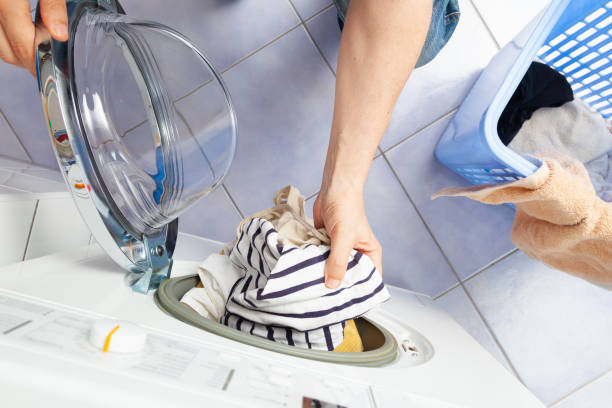
The washing machine has long been a faithful assistant of housewives. For the process of laundry processing to be happy with its results, it is necessary to strictly follow the rules of operation. First of all, it is necessary to know where to pour the powder into the washing machine and how much of it is needed for a normal wash.
Observance of our recommendations will help to operate the washing appliance correctly.